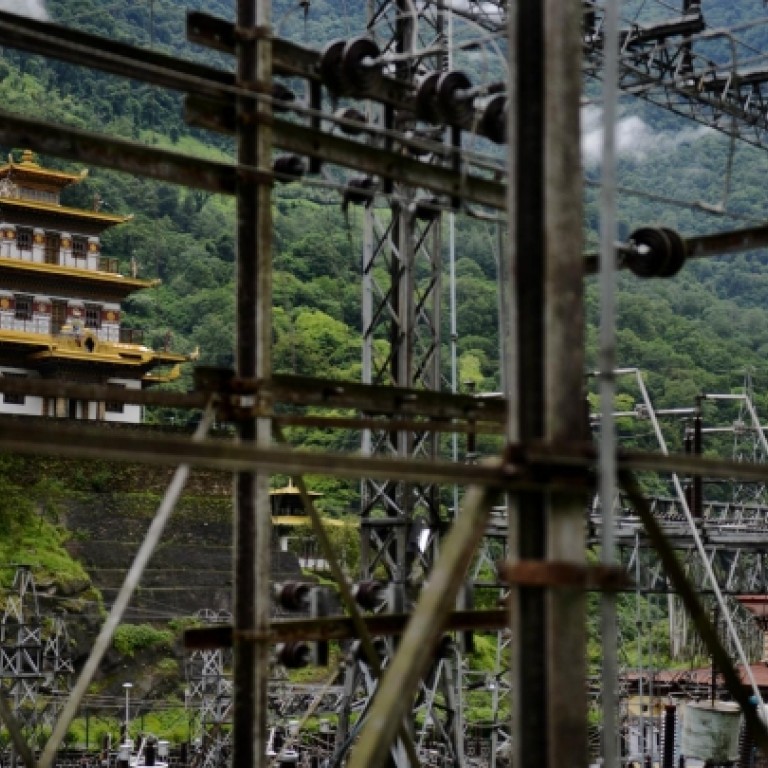
Bhutan banks on 'white gold' hydropower
Bhutan's rivers offer promise of big electricity exports to India, but sceptics urge caution
Home to meditating monks and Himalayan nomads, the sleepy kingdom of Bhutan has set its sights on becoming an unlikely energy powerhouse thanks to its abundant winding rivers.
Hydropower plants have already harnessed the country's water flows to light up nearly every Bhutanese home, generating electricity that is sent to remote villages by cables strung through rugged mountain terrain.
It is a rapid transformation for the long isolated nation, where fewer than a quarter of households had electricity in 1999 - the same year Bhutan became the last country to introduce television. But the kingdom now has much greater ambitions for renewable hydropower - already its biggest export - which it hopes will provide more than half of its gross domestic product by the end of the decade.
"It is the white gold for Bhutan today," said Chhewang Rinzin, managing director of state-owned Druk Green Power Corporation, which runs the country's hydropower sector.
Bhutan's first megaproject, opened in the southwestern Chukha district in the 1980s, is now one of four major plants which between them have almost 1,500 megawatts of capacity - at peak output roughly equivalent to a large nuclear power station, yet only 5 per cent of Bhutan's hydropower potential.
Output already far exceeds domestic needs in summer months, when monsoon rains fill up the rivers, and most of the electric power is sold to India, Bhutan's giant, energy-hungry neighbour.
In co-operation with the Indian government, and funded by its grants and loans, the kingdom is now aiming to reach capacity of 10,000 megawatts by 2020 with 10 new plants.
"India we see as a market that cannot be satisfied," Rinzin said of the demand for Bhutan's natural resource, which is driving economic growth estimated by the Asian Development Bank at 8.6 per cent this year.
While hydropower is hailed as the country's ticket to self-sufficiency after years of depending on donors, there are reservations about the speed and scale of its development while other sectors of the economy lag behind.
One of the first new plants being built, the Punatsangchhu I project, will cost US$2 billion, more than Bhutan's total gross domestic product. And there are nine more projects to complete.
"While no one disputes that harnessing hydropower energy is the way to go, there is concern that Bhutan is trying to do too much, too soon," said an April editorial in the national newspaper titled "Drowning in hydropower".
The existing hydropower schemes are of the "run of the river" type that depend on natural water supplies rather than large reservoirs, and are designed to cause less disruption to their surroundings. But three dams have been proposed among the upcoming projects to ensure plentiful water in the rain-free and freezing winter, when power output now drops by about three-quarters.
Rinzin says Bhutan's steep and sparsely populated valleys would suffer much less impact than areas affected by big Indian or Chinese reservoirs.
But Samir Mehta, South Asia programme director at US-based watchdog International Rivers, warned that hydropower plants faced serious threats from climate change, given Bhutan's susceptibility to floods from lakes formed high in the mountains by melting glaciers.
